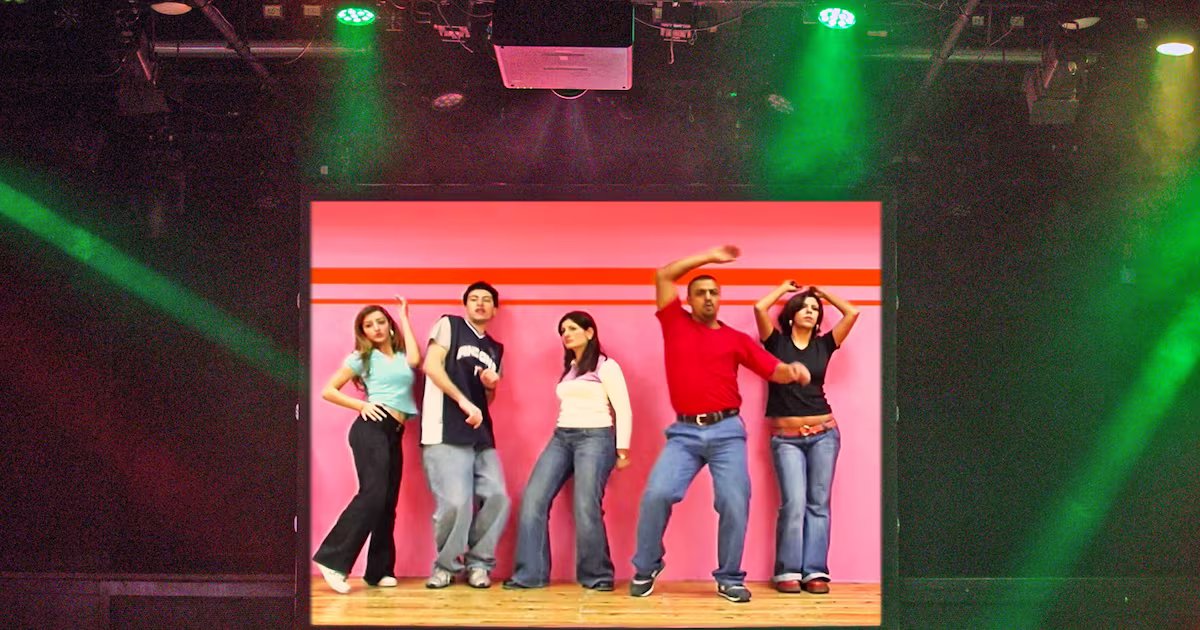Christie’s has announced the sale of Ed Ruscha’s Standard Station, Ten-Cent Western Being Torn in Half. It will headline the 20th Century Evening Sale in the Autumn Marquee Week this November. Estimated to exceed $50 million, this 1964 painting remains in private hands. It is one of the last large-scale works from the 1960s. It comes to auction following its role as a highlight in the artist’s major retrospective at The Museum of Modern Art and the Los Angeles County Museum of Art in 2023-24.
Max Carter, Christie’s Vice Chairman of 20th and 21st Century Art, described the painting as “the synthesis and peak of Ruscha’s masterpieces of the early 1960s,” adding that its sale represents a “once-in-a-lifetime” opportunity.
Ruscha was born in Omaha in 1937 and grew up in Oklahoma. He is a colossus of post-war American art. He first became prominent in the 1960s as part of the Pop Art movement, which sought to exalt the most mundane forms of commercial imagery into fine art. After moving to Los Angeles, he was heavily influenced by the city’s car culture and the sprawling landscape of the American West.
The painting is one of his best-known subjects. Ruscha on the Desert subsystems of Route 66 in 1962, a homage to post-beat subculture. Like Warhol and his Campbell’s soup cans, Ruscha turned the gas station into the epitome of American consumerism and modernity. His 1963 book Twentysix Gasoline Stations was a milestone of contemporary art and a defining moment in his career.
The painting fuses flush commercial imagery with the fragmentation of a Western comic book cover and speaks to the paradoxes of American life post-war. Its history is rich and significant. It was first shown at the Ferus Gallery in Los Angeles in 1964 and then purchased by Mr. and Mrs. Donald Factor, avid collectors who kept the work in private hands while lending it to institutions around the globe.
Over the years, the painting has been lent to some of the world’s leading museums, including the San Francisco Museum of Modern Art, the Smithsonian Institution, and The Museum of Modern Art in New York. Its companion work, Standard Station, Amarillo, Texas, in 1963, forms part of the Hood Museum of Art collection at Dartmouth College.
With the Christie’s sale in the offing, Standard Station, Ten-Cent Western Being Torn in Half is set to hit the headlines once again. This is a truly rare chance, a privileged opportunity to acquire one of the most iconic pieces of post-war American art.
Edward Ruscha was born in Omaha, Nebraska, 1937 and is one of the most prominent artists of the post-war period. Growing up in Oklahoma, he moved to Los Angeles in the 1950s, a city where much of his artistic vision would be rooted. Throughout his career, Ruscha has combined pop art, minimalism, and conceptualism in a manner perhaps unparalleled by his peers. His work often draws on the everyday sights of American life—gas stations, road signs, and billboards—and transforms them into icons.
In the 1960s, Ruscha gained widespread attention with works like Twentysix Gasoline Stations, a small artist’s book capturing images of gas stations along Route 66. Minimalism, integrating text and image, became his trademark. Over the years, he eventually expanded his horizons in painting, printmaking, and photography but always maintained wit, eye and American culture’s mundane beauty.
Today, Ruscha’s works are represented in major museums and collections worldwide.
Top Photo: Ed Ruscha (b. 1937), Standard Station, Ten-Cent Western Being Torn in Half, 1964. Oil on canvas. 65 x 121½ in (165.1 x 308.6 cm). Estimate on request. Offered in the 20th Century Evening Sale on 19 November 2024 at Christie’s in New York






